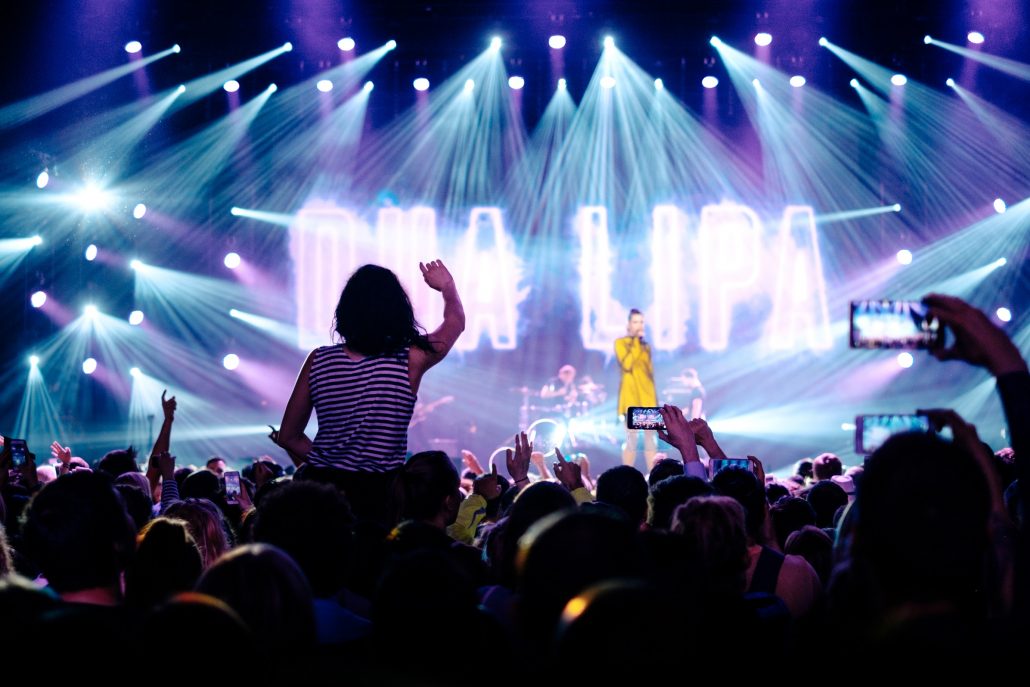Guest Post: Personal Archiving in the Digital Age
There is a growing paradox at the heart of western society: our digital life is alienating us from real human experience, but might also save our brains from degeneration.
by Dr Nick Barratt, Senate House Library
The digital revolution, including AI, augmented and virtual reality, the internet of things, big / linked / open data and social media platforms, is driven by a desire to enhance the potential of our humanity. Yesterday’s science fiction is now all around us, changing our lives in subtle ways.
Advances in neuroscience research means we are breaching the last frontier of our humanity – our brains, in particular the way memory is created and curated. We now understand that we record two copies of every memory – one in the forebrain for instant recall (short term memory) and a mapped archive-version for longer term reference. Such knowledge could transform the way we tackle degenerative brain disorders, such as dementia, that rob people of their identity by stealth.
Yet there is evidence that, as we embrace new technology to improve the human experience, there can be a detrimental impact upon our personal and collective humanity. Nowhere is this becoming more apparent than in the way we interact with friends and family. Technology has fundamentally disrupted the way we communicate, record, chronicle and share our daily experiences. The more we’re encouraged to connect online, the more we become obsessed with the ‘I’ not the ‘we’.
Social media platforms such as Twitter and Facebook have replaced the analogue diary, scrapbook or photograph album; instant messaging services post-email, such as Instagram and Snapchat, have killed the hand-written letter and postcard; FaceTime connects us to people across long-distances, reducing the number of times we gather as family or friends.
The proliferation of digital personal content has generated a new information economy around access to personal data, accompanied by high-profile scare stories, such as the sale of Facebook profiles to Cambridge Analytica, identity hacks and criminal activity raising awareness of the dangers of cyberspace.
Equally, the act of digital creation has often usurped the purpose of recording events – concert-goes hold up their phones to record a performance rather than fully experience listening to the performer, for example. If we rob ourselves of the experience of living then we denude our basic humanity into a procession of ‘moments’.
And yet… there is an opportunity to do things a little differently, to add value to digital content to solve real-world problems. By thinking about how we manage and curate our digital legacy, there is a real opportunity to use some of this technology to boost our wellbeing, mental health and essential ‘humanity by experience’. Personal archiving and self-managed timelines – an offshoot of the recent surge in interest in family history research – have a double relevance to the dementia crisis.
Emerging research shows that the act of gathering together your memories helps to ‘refresh’ your brain’s ability to retrieve its stored cache of content, particularly when personal digital content is fused with external memory prompts – flashbulb memories that we use as anchors for our personal timeline (news items, sporting events, concerts).
Furthermore, the process of uploading content automatically generates pieces of metadata – unique identifiers that aid discovery. Have you flicked through an old photograph album bereft of names, dates or places? Images uploaded from our smart devices to online platforms are date tagged, geographically referenced and often subject to face recognition technology, all of which augments our desire to archive, order and store. This kind of digital archiving allows us to consciously review our activities monthly or annually as part of a regular life audit. As we age and our circumstances change – particularly as we move towards retirement and end-of-life planning – technology can ensure we have a record of our activity as well as a legacy to pass on to future generations (future-proofing family history in an increasingly confused age).
For those already living with dementia, we can turn to the ‘Internet of things’ to infuse smart technology with this same personal content to help people stay at home for longer, or transition more seamlessly to a care home environment. Dignity therefore becomes the driver in the provision of support.
Alongside many of the existing automated and smart alert mechanisms in place, we can introduce a new generation of AI and augmented reality interventions that evolve reminiscence therapy – smart music boxes that activate on touch, bespoke decor based on life experience, environmental memory triggers based on sight, sound, smell, touch. Benefits flow to both the person living with dementia, alongside the family and extended care network; they remain an integral part of the memory continuum.
In years to come, a curated personal digital timeline should become part of everyone’s life plan that celebrates the human experience from cradle to grave, and beyond into the digital afterlife.


